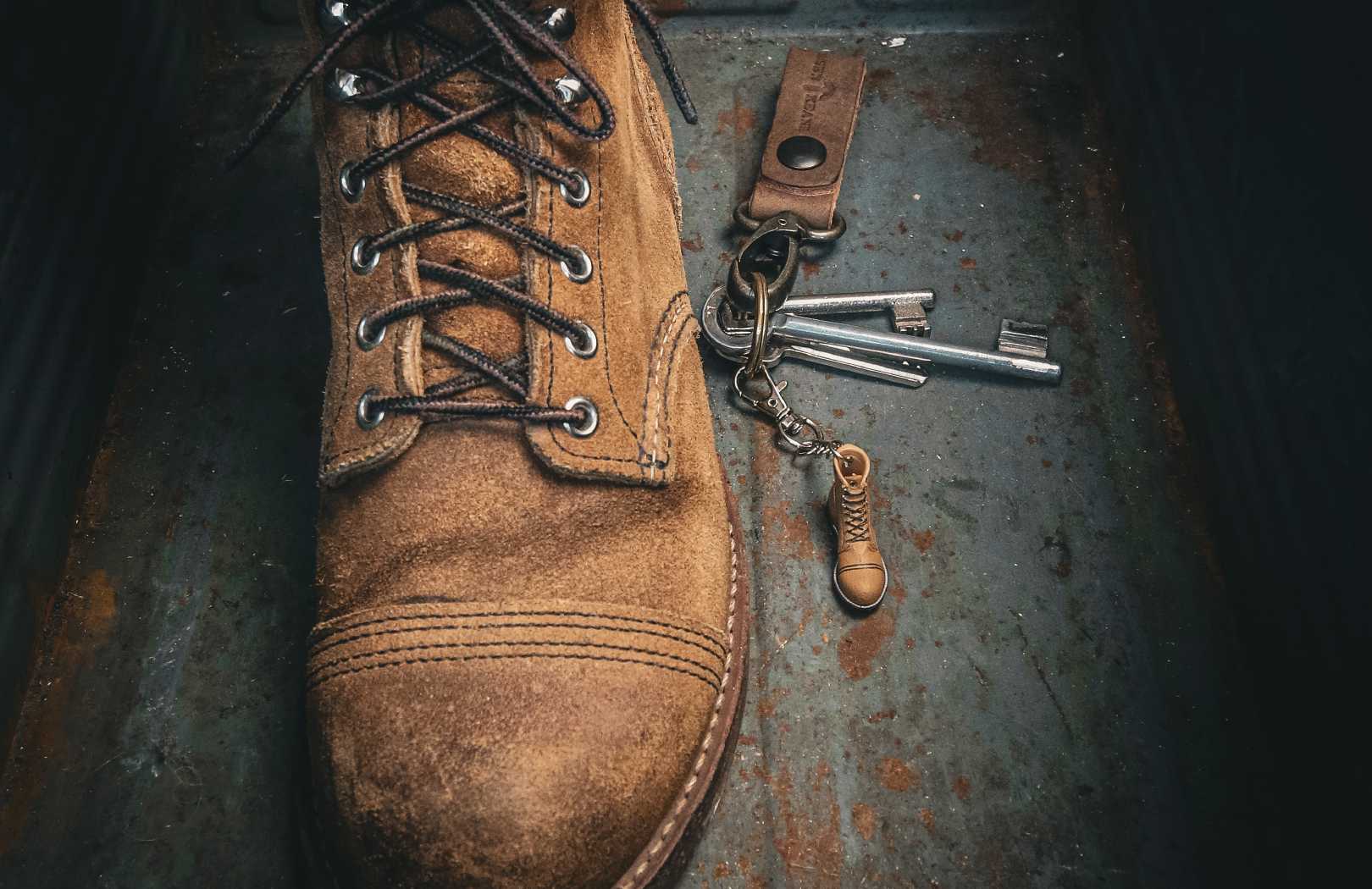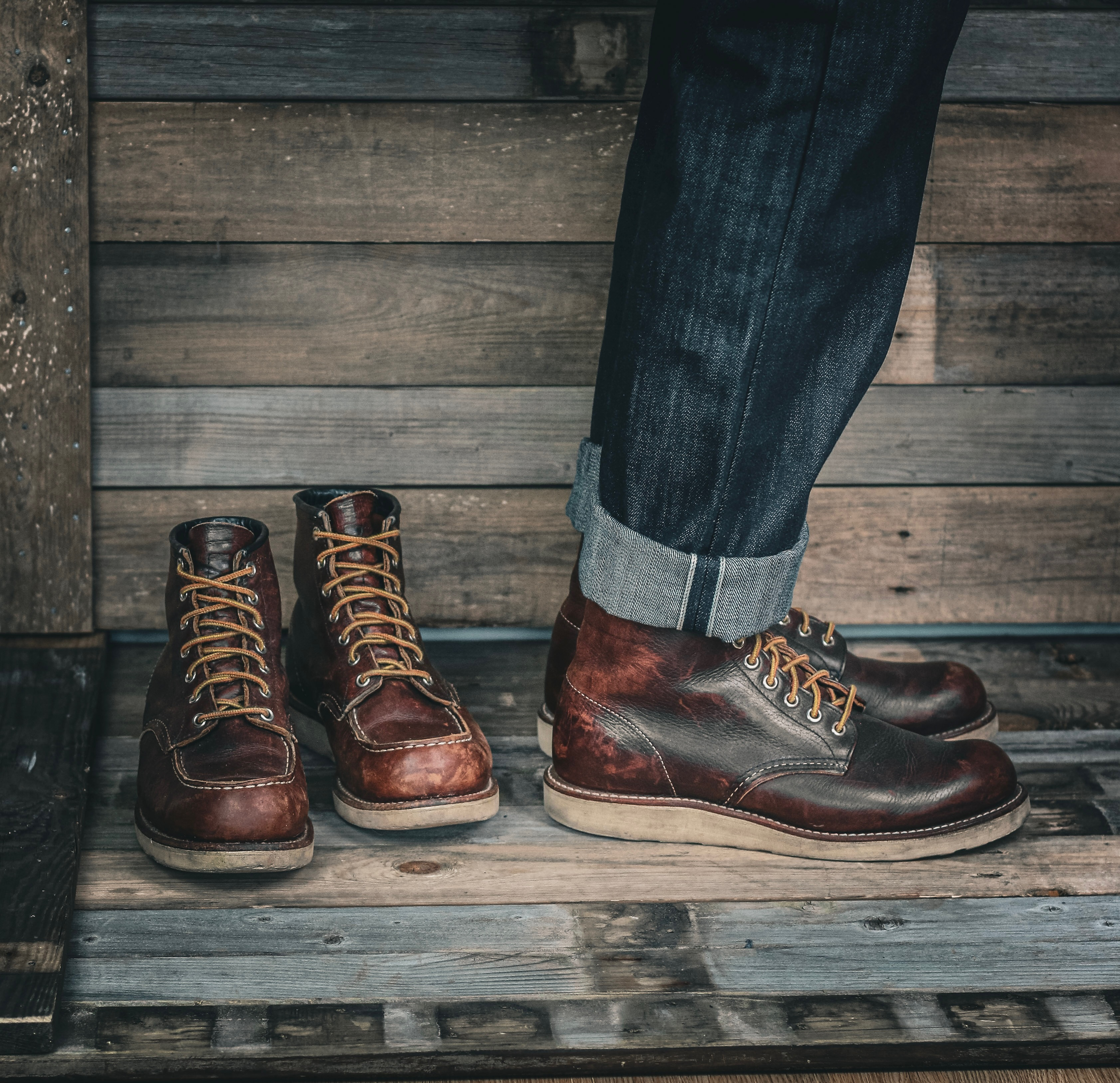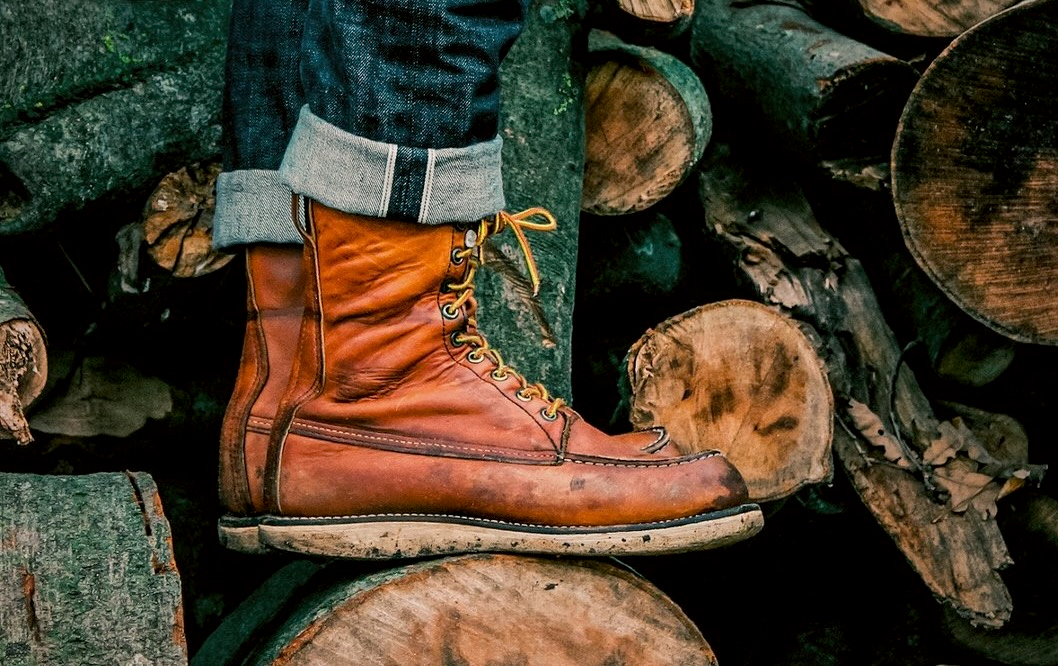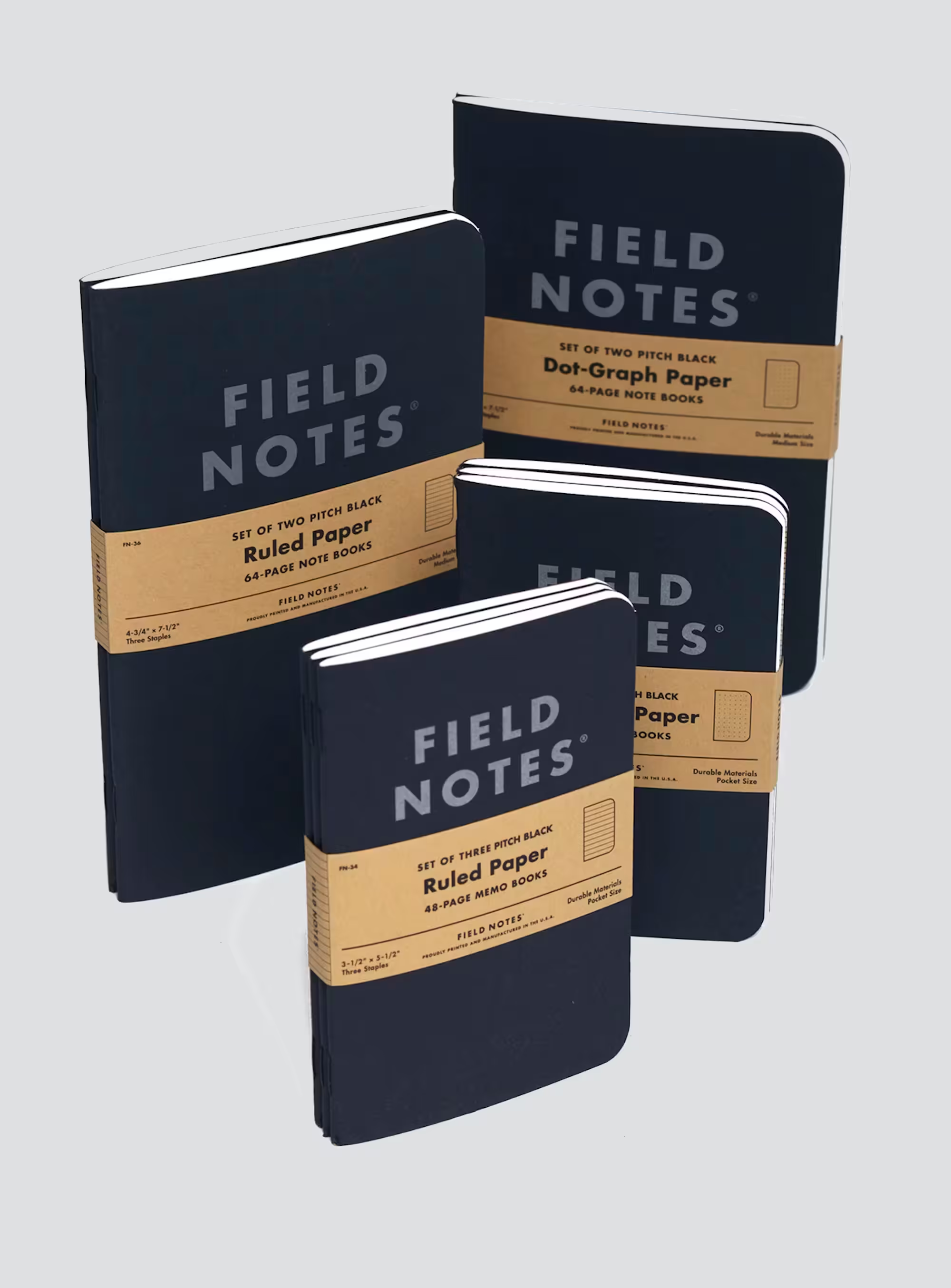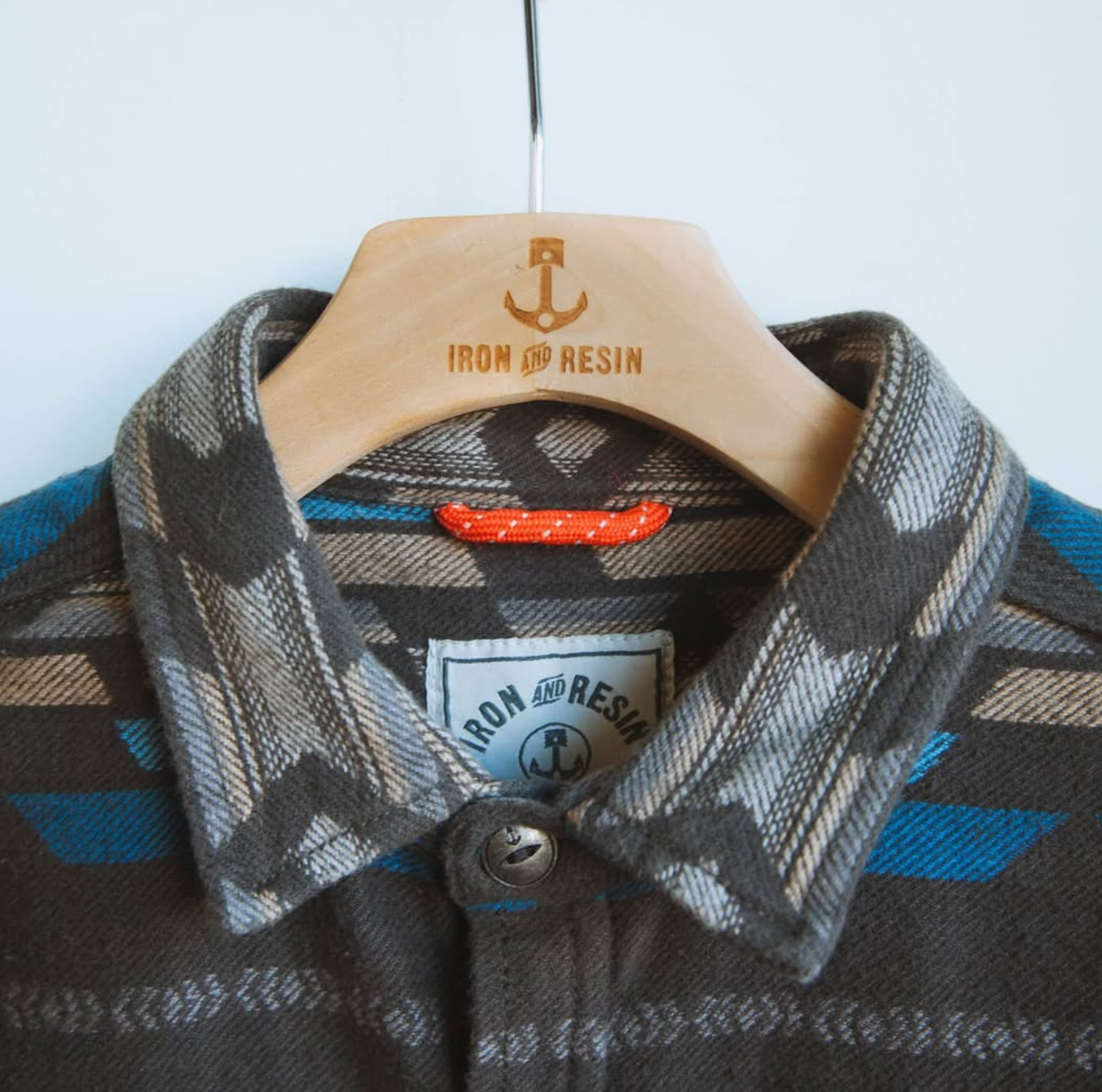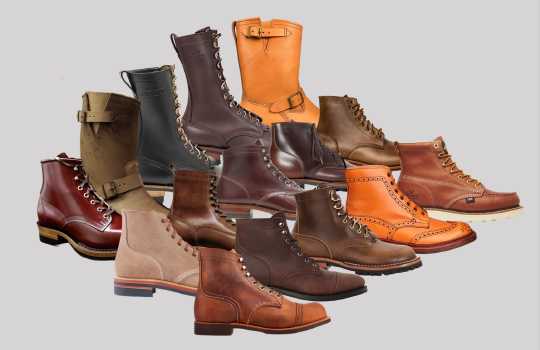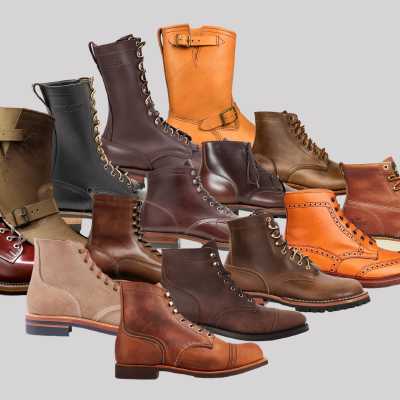Men's Boots Guide: 15 Boots Built to Endure
There’s just something about a good pair of boots. They’re the footwear equivalent of a Swiss Army knife – stylish, versatile, and ready for (almost) any occasion. Whether they’re keeping your ankles secure while you brave rugged trails or adding some grounded polish to your weekend dinner date ensemble, boots are hard to beat. But here’s the problem. Look at the sea of options out there and it’s easy to get overwhelmed. What’s worth the splurge, and what will have you kicking yourself later? If you’ve found yourself staring longingly at displays or scrolling through brands wondering where to even begin… you’re in the right place. ...


